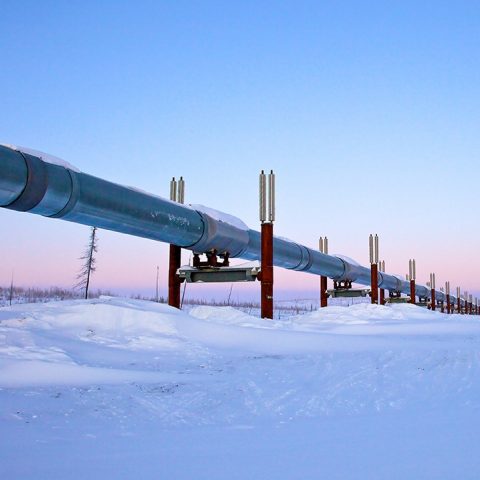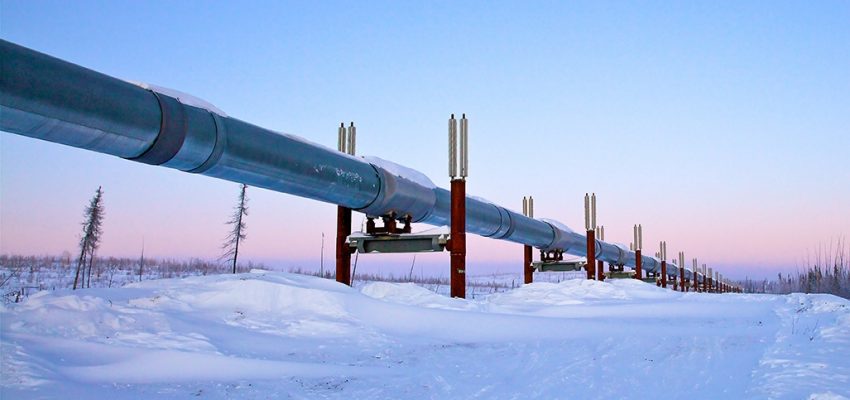Electric heat tracing is used in many process industries to maintain process fluids at the desired temperatures. Let’s take a look at five common uses of heat-tracing applications that can help users select the most appropriate technology for their application. These are the most commonly encountered needs in the industrial sector.
Freeze Protection
The main purpose of a freeze-protection system is to prevent fluids such as process water, drain water and fire water lines (sprinkler systems) from freezing in pipes. A plant does not necessarily need to be located in the extreme, remote cold regions of the world to experience freezing temperatures as temperatures can easily drop below 32°F (0°C) overnight and put processes in jeopardy if pipes are not properly insulated or heat traced.
Process Temperature Maintenance Without Steam Exposure
With process temperature-maintenance applications, there is a need for viscosity control of certain fluids such as fuel oils, acids and fertilizers at higher temperatures beyond freeze-protection applications. These temperature requirements typically range from 70°F to 230°F (20°C to 110°C), where self-regulating technology can still be used. However, because the temperatures are higher, heat losses are more common, meaning it may make more sense to choose a cable that meets the temperature requirement and provides more power output. This allows users to have fewer runs of cables while producing more heat.
Process Temperature Maintenance With Steam Exposure
In many applications, the heat tracing cable is exposed to higher temperatures than the maintain temperature when steam is used to clean the pipes. In other applications, the process normally operates at temperatures higher than the minimum maintain temperature. For all these applications, the cable not only needs to meet the maintain temperature requirements but also the maximum exposure temperature.
High-Temperature Heat Tracing
Some applications such as asphalt or bitumen have a requirement for very high maintenance temperatures. Mineral-insulated (MI) technology is well suited for such applications because the cable can withstand maintain temperatures up to 1022°F (550°C) and exposure temperatures up to 1200°F (650°C) or higher. MI construction consists of conductors embedded in a highly dielectric magnesium-oxide insulation surrounded by a seamless metal sheath. This allows the cable to be rugged and to withstand harsh environments and cold climates.
Long-Line Heating
Long-line heat tracing applications are required when circuit lengths from 1,000 feet (300 meters) up to several miles are powered from a single power point. They are needed to heat long pipelines for freeze protection or for viscosity control and temperature maintenance of certain fluids. The long-line heat-tracing systems typically are polymer insulated (PI) or mineral insulated (MI) engineered systems. Many variables can be customized to provide the most cost-effective and reliable solution for a specific application. Skin-effect heat-tracing systems (STS) are well suited for extremely long pipelines (up to 25km per power source).
Understanding what your application requirements are will help you choose the most suitable heat-tracing technology for your specific application.



